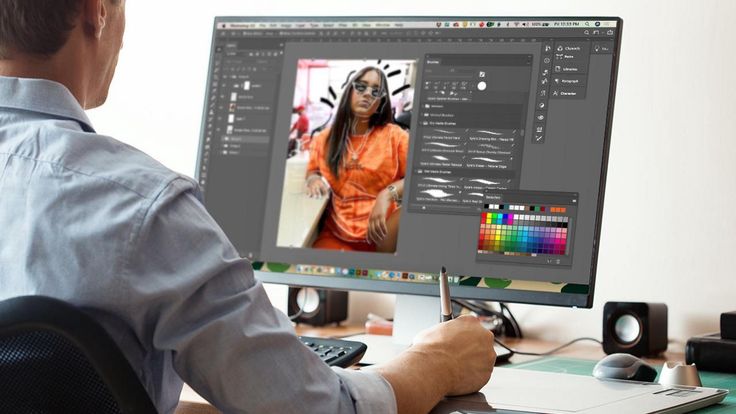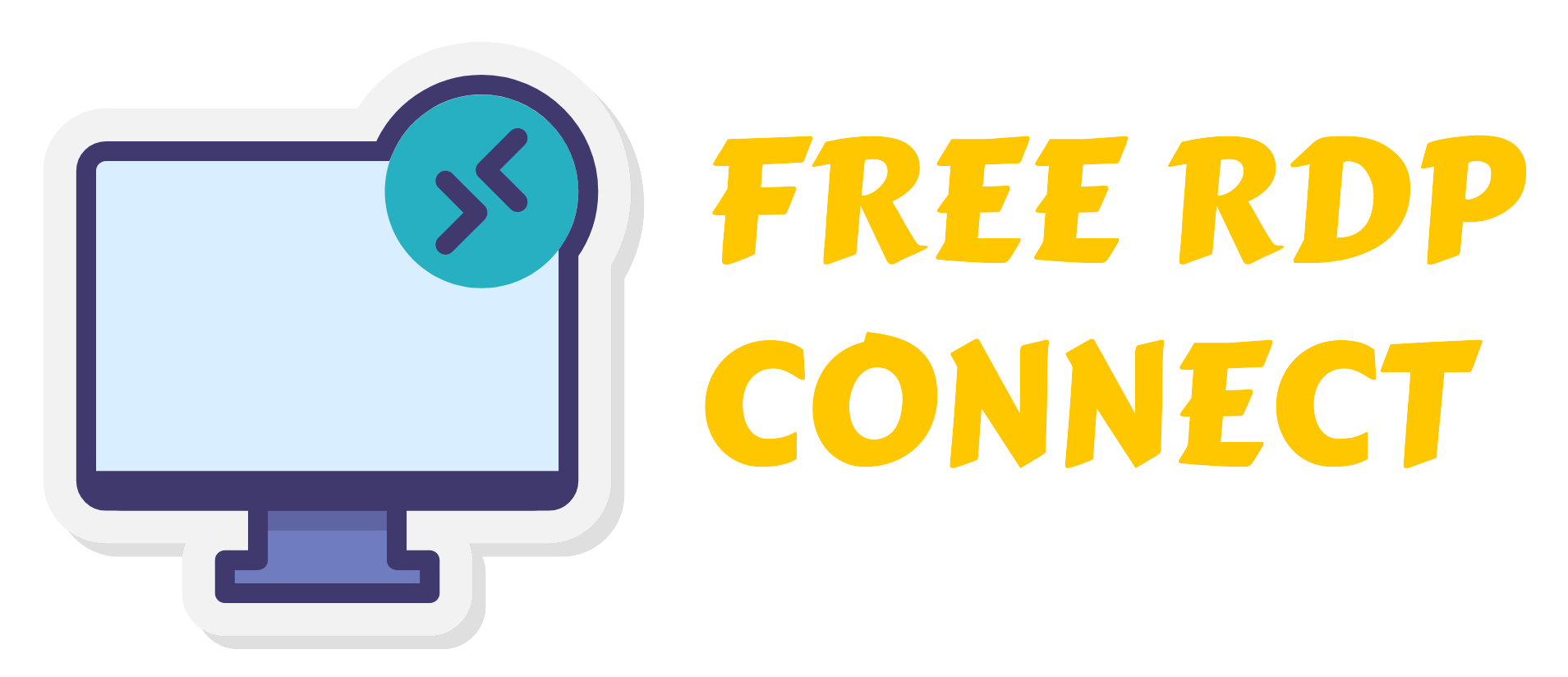
How to Install Adobe Photoshop: Step-by-Step Guide
Adobe Photoshop is a potent image editing tool used across the board, from newbies to experts, for graphic design, photo manipulation, and digital art. However, you may face compatibility issues...
Continue reading

